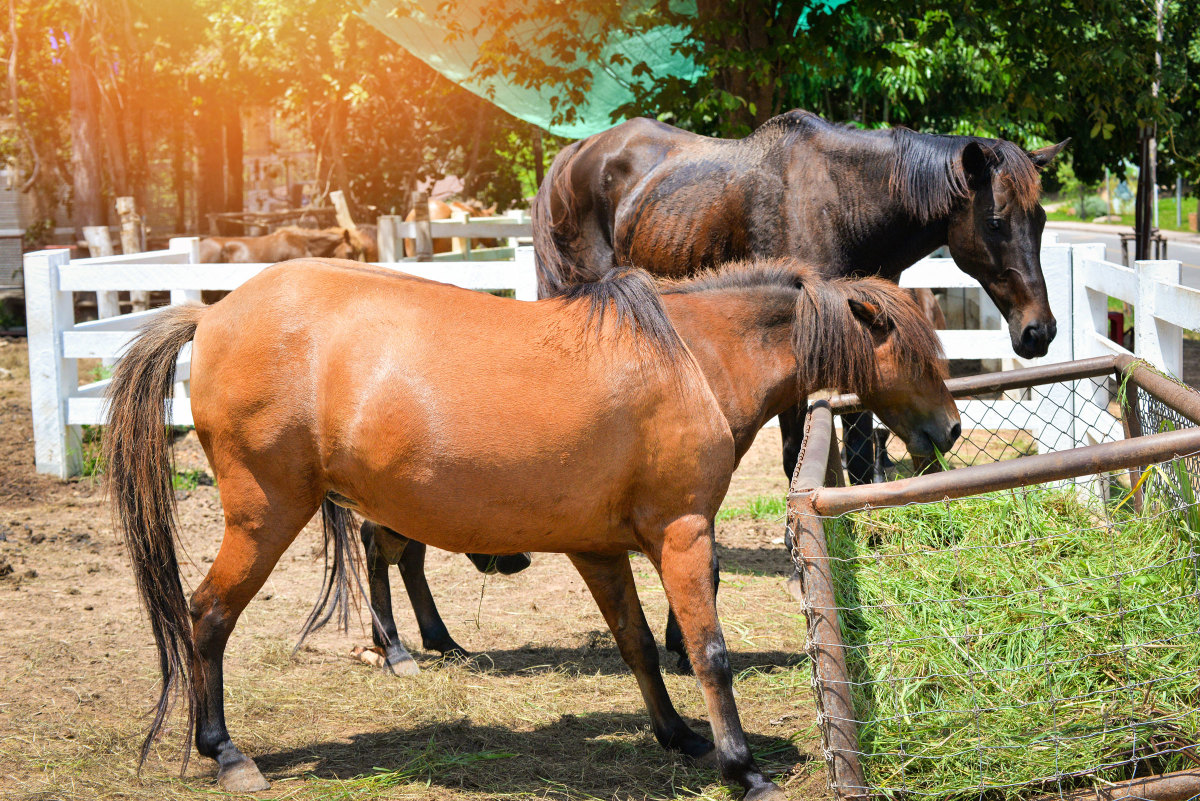
Research by a microvascular physiologist at John Hopkins University, Richard Rivers, MD, PhD, has focused on management of laminitis. His paper compares the pathophysiology of laminitis to Raynaud’s disease in humans, which is caused by vasospasm. He suggests that the initial acute phase of the first 4-60 hours offers a window of opportunity to “use vasoactive medications that can increase blood flow and reverse the ischemia” [https://www.airjectorvet.com/white-papers/laminitis].
He explains that low oxygen resulting from vasospasm increases hypoxia-inducible factor (HIF), which interferes with proteins that protect the cell during hypoxia. Carbon dioxide is reported to decrease HIF concentrations while also decreasing inflammation-inducing compounds.
Inflammation is additionally associated with reperfusion injury following acute vasospasm. This generates reactive oxygen species (ROS), which are likely to further destroy normal laminitic tissue. Carbon dioxide is reported to reduce ROS activity.
The recommendation from the research is to apply carbon dioxide transdermally (through the skin) as a means of increasing tissue blood flow, and thereby improving oxygenation of the tissues. This has been proven effective in microcirculation and human studies. The Airjector-Vet device is designed to provide carbon dioxide therapy transdermally over a 20-30 minute therapy period for the treatment of laminitis. It works best on wet skin. Diffusion of CO2 through the skin allows it to achieve a therapeutic response in deeper tissues, especially since CO2 is soluble in soft tissue and moves toward lower concentrations. [https://www.airjectorvet.com/scientificliterature].








